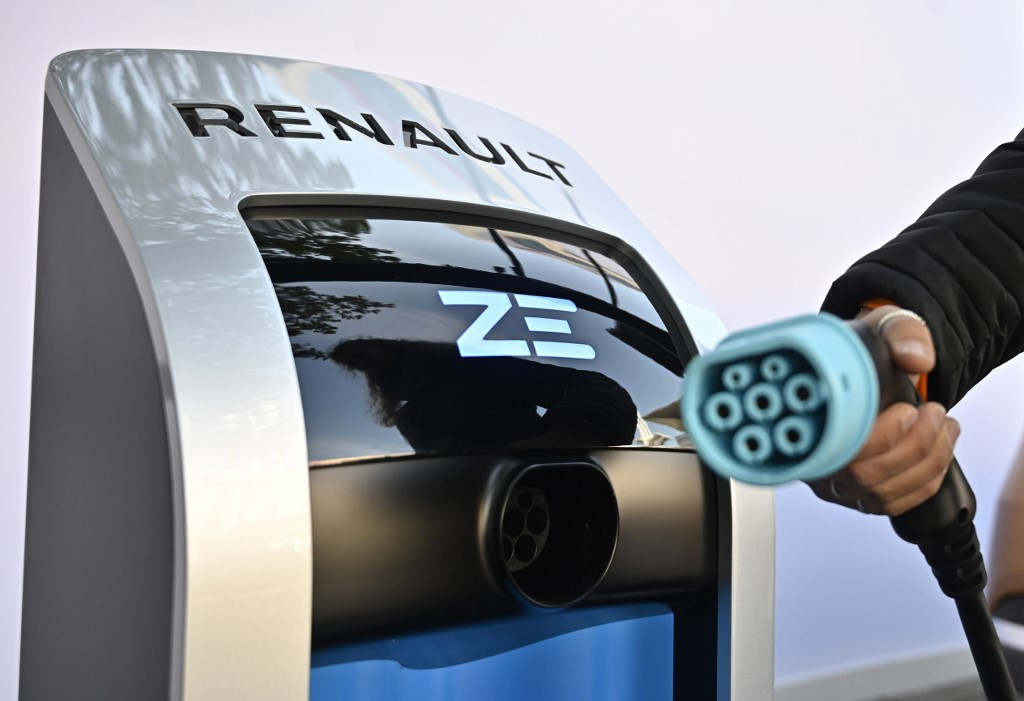Popular Reads
Top Results
Can't find what you're looking for?
View all search resultsPopular Reads
Top Results
Can't find what you're looking for?
View all search resultsWhat is the bidirectional V2G technology being tested by auto manufacturers?
Audi is just the latest in a string of manufacturers to announce work on a bidirectional recharge system.
Change text size
Gift Premium Articles
to Anyone
Audi is just the latest in a string of manufacturers to announce work on a bidirectional recharge system.
Auto manufacturers are hoping to do their bit for the energy transition, and this technology could transform any electric vehicle into an energy supplier.
The idea behind bidirectional charging (the technology behind V2G, or 'vehicle to grid') is to use the energy held in the batteries of electric and rechargeable hybrid vehicles to feed power into a home or local grid via special charging docks. In this way, a car can be used as a way of storing energy and providing it back according to need.
Read also: E-car sales in Norway reach new record high
However, the technology required is still very complex. For it to work, both the car's charger and the charging dock need to be bidirectional, meaning that energy can circulate between them in both directions. In theory, this concept could work with even electric two-wheelers.
Renault is a forerunner in this new technology alongside Nissan and Mitsubishi, which already offer these sorts of energy solutions in Asia in partnership with local communities and businesses. In Europe, Renault has been conducting large-scale tests of a fleet of its ZOE cars compatible with this V2G technology since 2019.
The French group hopes to play a major role in the coming years' energy transition. In concrete terms, the ZOEs (or other vehicles) could inject a portion of the electricity in their batteries into local power grids during peaks in demand, thereby easing the strain on suppliers, and then recharge them during off-peak hours.











